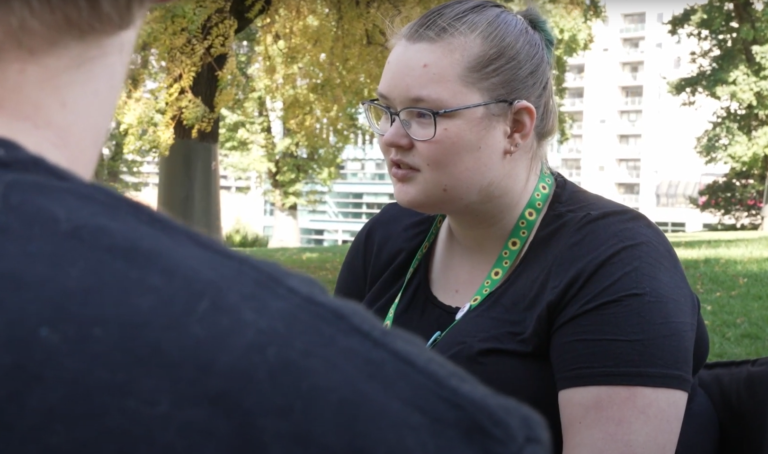Tips to create a youth friendly process
Here are some points you should think about to develop or update your complaints and feedback process for disabled young people.
These tips are not a complete list, but they are a place to start.
Things to think about
Meeting the Child Safety Principles
On this page
Things to think about
Outline what kind of concerns disabled young people can raise.
You can also include a social script showing what a disabled young person can expect at a meeting about their complaint. We have developed a social script that you can download.
If the timeline changes, you should explain why it is changing, and what the new timeline is.
Make sure that all communication around the complaint process is clear, uses plain language, and meets the access needs of the individual disabled young person.
Where appropriate, the disabled young person should be able to lead discussions around the complaint. If they decide they want a trusted adult (like a parent or carer) to lead, let them, but don't automatically default to the adult.
Anyone involved in making a complaint should know how to escalate concerns if they are unhappy with the process, investigation or outcome. All staff should have the knowledge so they can reply appropriately if asked.
All staff should be aware of and trained in the complaints process. They should be knowledgeable enough to explain it to a disabled young person in a way they can understand, and know who to ask for clarification or further information.
You should have a clear and consistent record-keeping process.
Specify the step-by-step process of a complaint. This should start at the disabled young person raising the complaint, go through the investigation process and outline what they can do next if they are unhappy with the outcome.
Make sure that there is a timeline available, so that the disabled young person knows how long to wait to hear back from you, and how it will be communicated to them if this changes.
Make sure that your process is fair, consistent, clear and transparent.
The disabled young person should be empowered to self-advocate and involved in any decisions made about them and their experiences. Investigations should be inclusive, safe and trauma-informed. You can learn more about trauma informed complaints processes, on the Victorian government's website
Let the person know the outcome of the investigation. Ideally, the disabled young person should be involved in deciding what actions are taken. For example, you can Give them options based on the findings of the investigation.
Make sure that anyone making a complaint knows there will be no negative impact on them for making a complaint, and what they can do if they feel there is.
Make information available in multiple locations This can be on your website, mailed out, as posters in your office or buildings and more.
Disabled young people should be told about their rights, what to expect from the adults around them, and what to do if there is a problem. This helps break down some of the barriers to disabled young people speaking up.

A guide to creating a Child Safe Organisation
The Commission for Children and Young People in Victoria have developed a document to outline how a complaints process can meet the Child Safety Principles.
Create awareness of your complaints process
You should also ensure anyone you’re working with is aware they can access this process in whatever method they require to fully understand it.
This may be with diagrams and graphics, large font, pre-recorded audio, Easy Read, braille, or other methods.
You may not have developed these options, however it is a human right of disabled young people to have information presented to them in an accessible way. It is also your responsibility to provide this for them as a service provider. If you haven’t developed it, and believe it will take too long, while you’re in the process of doing so, you can work with the person to identify other ways the information can be presented to them accessibly.
The person should also be informed that they can work with someone they trust to understand the process if they want. Where possible, the young person should be empowered to make that decision about if they want to do that, and who they want to do that with.
Most of the time, this is a case-by-case basis, but ultimately the process should be led by the disabled young person, and they should be empowered to make the decisions where possible.